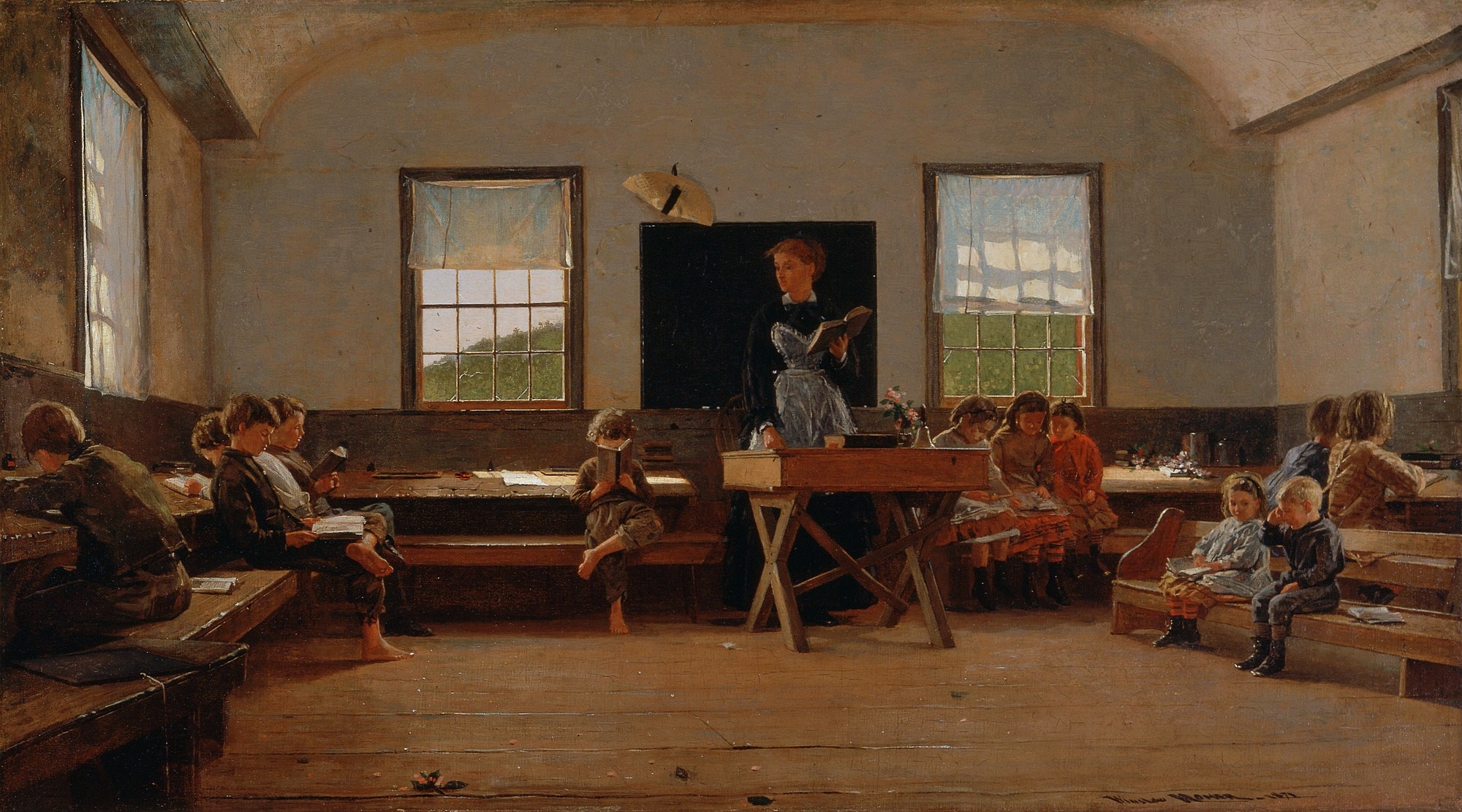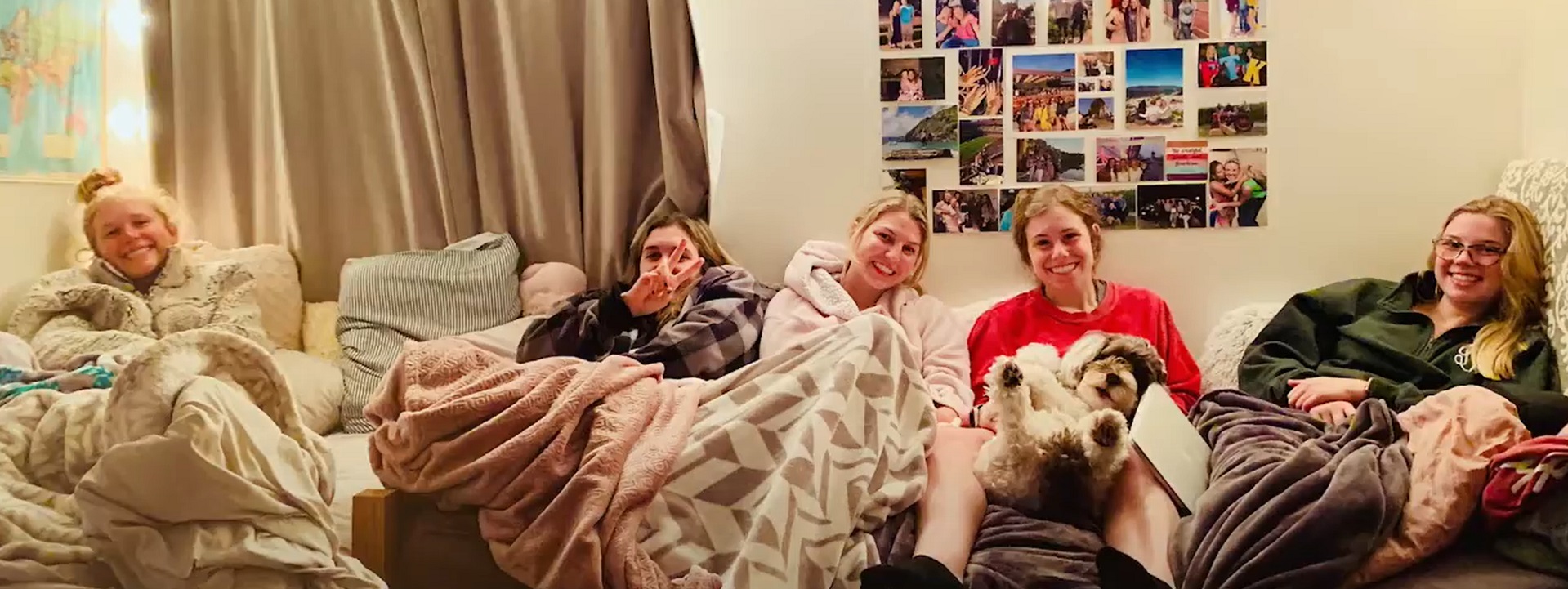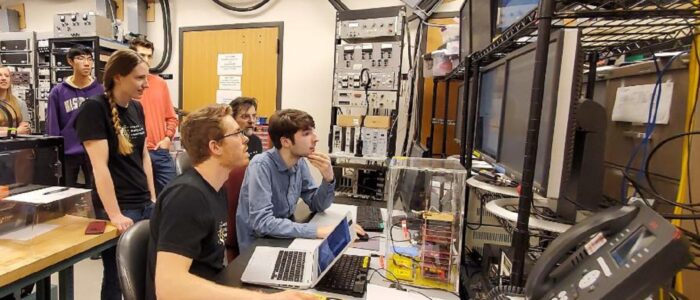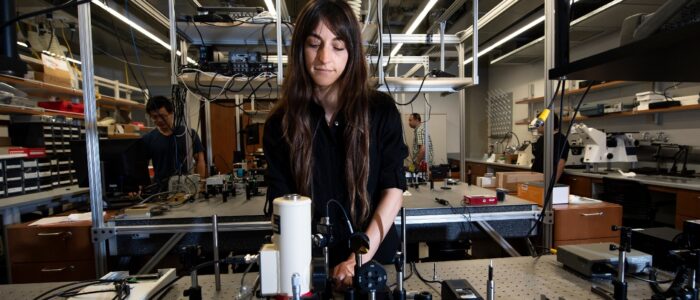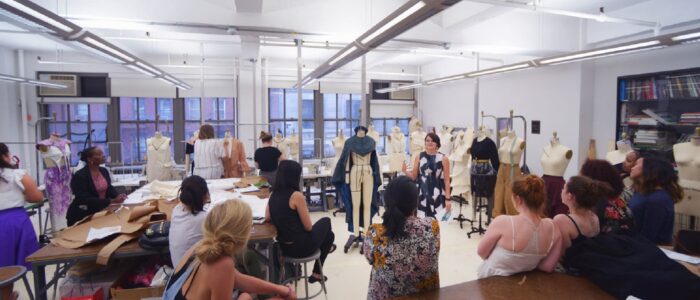2024 International Fire Code | Free Access
Crosswalk: NFPA Fire Code and ICC International Fire Code
Not to worry, I have a permit. pic.twitter.com/SUp9ztTH2g
— Emily Laudin (@EmilyLaudin) August 4, 2024
2024 GROUP A PROPOSED CHANGES TO THE I-CODES based on Committee Action Hearings October 2024
2024 GROUP A PROPOSED CHANGES TO THE I-CODES
2024/2025/2026 ICC CODE DEVELOPMENT SCHEDULE
ICC BCAC | Comments to be presented at October Hearings
Noteworthy Proposals:
IFC 1010.27 Locking arrangements, PDF page 252
IFC 1020.2 Corridor Fire Resistance Ratings. PDF page 356
IFC 915 More Carbon Monoxide Detection Systems, PDF page 1156
IBC 917 Mass notification for Group E occupancies, PDF page 1176
IFC 5701 More Process Hazard Analysis, PDF page 1571
The transcript (Complete Monograph) of Committee Actions should be available by September 5th.
Committee Action Hearings on Proposed Changes: October 23-31 Long Beach, California
“Waking Effectiveness of Alarms for Adults Who Are Hard of Hearing” 2007 Victoria University, Australia
Health Facilities: Navigating IBC and NFPA differences
Posted February 14, 2023
Free access to the latest edition of the IFC is linked below:
Following the ICC Group A revision cycle public consultation on the 2024 International Fire Code will begin. The ICC will announce the development schedule sometime in 2022.
We limit our resources simply tracking the proposals that run through Group E (Educational) and Group I (Institutional) occupancies in the Group A suite with closer attention to the state they are adopted whole cloth or with local exceptions. In many cases, IFC adoption by state and local authorities is delayed by one or more previous code revisions. This delay in adoption may be necessary in order for jurisdictions to evaluate the impact of changes upon the region under their authority.
Public safety budgets historically support the local and state fire marshal and his or her staff. The revenue stream of many trade associations originates from membership, conference attendance, training and certification enterprises that service the public sector stakeholder. Manufacturer sponsorship of trade association conferences is noteworthy.
Unless there is an idea, or proposed regulation that has run off the rails (either in terms of rigor or cost increase) — we place fire safety in the middle of our ranking of priorities. With gathering pace, we find many fires safety goals being met with electrotechnologies where we place our highest priority.
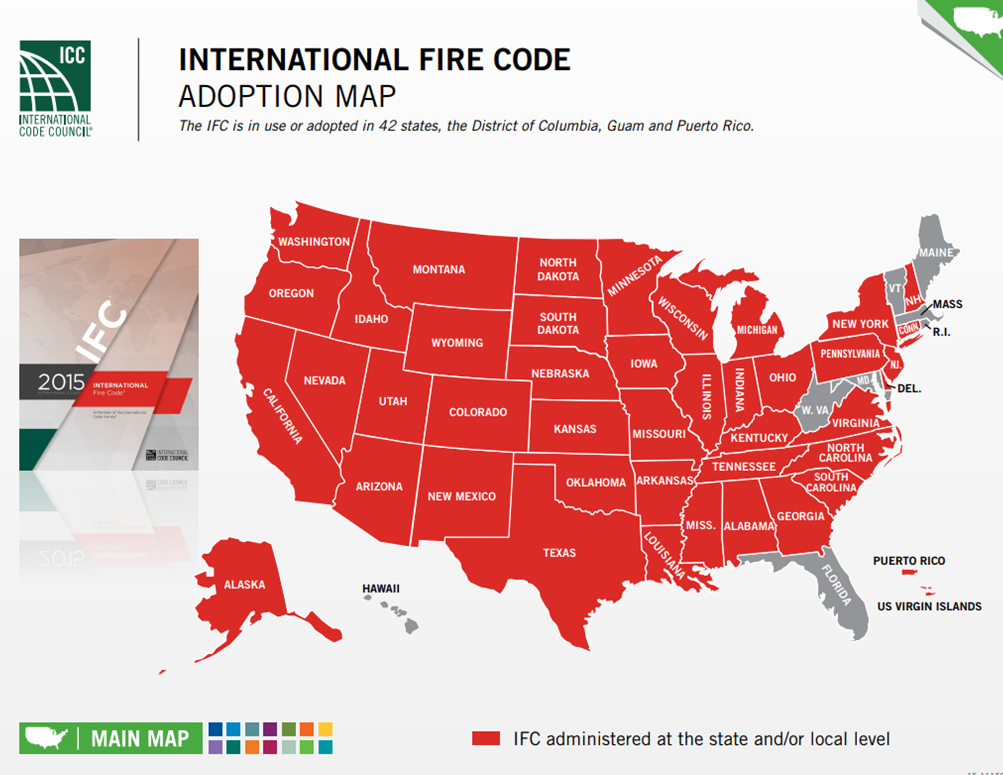
Click on image for more information. The map is updated by expert agencies frequently so we recommend a web search for an update.
Significant code changes rarely happen within a 3-year cycle so it is wise to follow ideas as they travel through the agendas of technical committees through several cycles as administered by the Fire Code Action Committee.
The ICC posts the transcripts of public proposals, technical committee responses to public proposals, public response to the technical committee response and the final balloting in a fair and reasonable fashion as can be seen in the transcripts linked below:
2021 International Fire Code Proposed Changes
2021 International Fire Code Public Comment Agenda
A search on the terms “classroom” or “school” in any of the documents above offers granular insight into the trend of current thinking. We find fire extinguishers placement a perennial concern across several standards suites. You will note the careful consideration of proposals for use of the mass notification systems, now integrated into fire alarm systems and their deployment in active shooter situations.
The transcripts reveal detailed understanding and subtlety.
There are many issues affecting the safety and sustainability of the education facility industry. We add value to the industry because of our cross-cutting perspective on the hundreds of “silos”created by the competition (and sometimes cooperation) among accredited, consortia and open-source standards developers. We have the door open every day at 11 AM Eastern time to enlighten understanding of them all. We also host a breakout teleconference every month to drill into the specifics of standards action on fire safety for the real assets of school districts, colleges and universities. See our CALENDAR for the next online meeting.
Finally, we persist in encouraging education industry facility managers (especially those with operations and maintenance data) to participate in the ICC code development process. You may do so by CLICKING HERE.
The ICC Group B Code Meetings will be hosted soon and open to the public:
The Group B tranche is largely focused on energy, structural, residential and existing building concepts but all of the titles cross-reference the IFC in some way so it is wise to follow how the concepts re-arrange and cross-reference themselves with each cycle.
Issue: [16-169]
Category: Architectural, Facility Asset Management, Space Planning
Colleagues: Mike Anthony, Casey Grant, Joshua Evolve, Marcelo Hirschler
More
2021/2022 ICC CODE DEVELOPMENT SCHEDULE
FINAL ACTION RESULTS ON THE 2018 PROPOSED CHANGES TO THE INTERNATIONAL CODES – GROUP A
2018 GROUP A PROPOSED CHANGES TO THE I-CODES COLUMBUS COMMITTEE ACTION HEARINGS
2018 GROUP A PUBLIC COMMENT AGENDA | INTERNATIONAL BUILDING CODE
2018 GROUP A PUBLIC COMMENT AGENDA | INTERNATIONAL FIRE CODE
2018 REPORT OF THE COMMITTEE ACTION HEARINGS ON THE 2018 EDITIONS OF THE GROUP A INTERNATIONAL CODES




